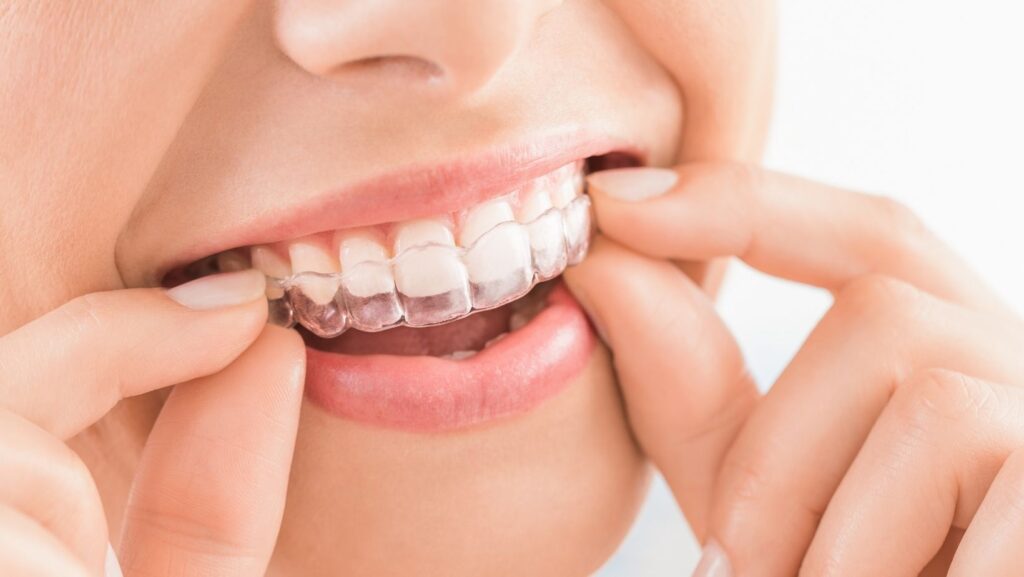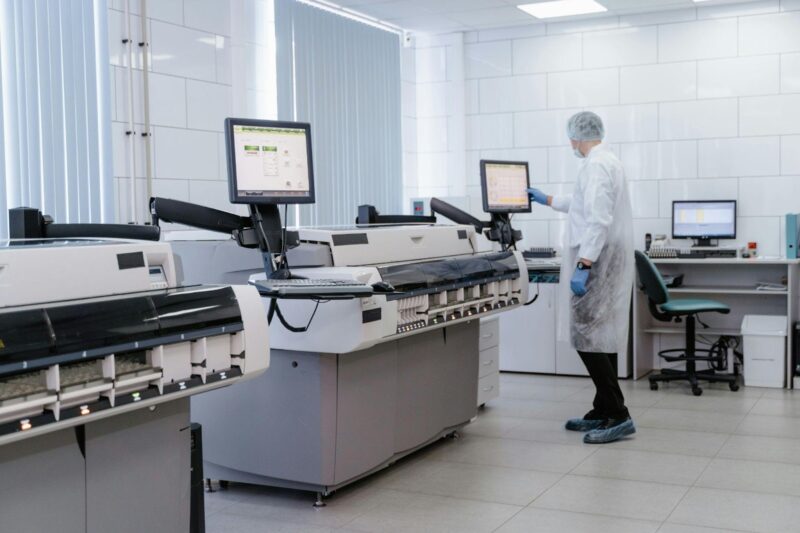
Do you dream of a dazzling smile but struggle with misaligned teeth or a problematic bite? Traditional braces might be the first thing that comes to mind, but advancements in orthodontics offer a variety of options. This guide explores cutting-edge techniques that can tackle even the most stubborn bite problem, ensuring not only a beautiful smile but also improve oral health and overall well-being.
What Are Bite Problems?
Bite problems, or malocclusions, refer to misalignments or incorrect relations between the teeth of the upper and lower jaws when they come together. If left untreated, these issues can affect the function and aesthetics of a person’s smile and lead to various dental and health problems.

Advanced Orthodontic Approaches
Advanced orthodontic approaches have evolved to address these issues more effectively and comfortably. Here are some of the most advanced methods used today:
Clear Aligners (e.g., Invisalign)
Clear aligners have revolutionized the orthodontic field by offering a nearly invisible alternative to traditional braces. These custom-made, transparent trays gradually shift teeth into their proper positions. Patients receive a series of aligners, each designed to move their teeth incrementally until the desired alignment is achieved. Clear aligners, such as those provided by reputable dental clinics like Artin Dental Invisalign Services, offer the advantage of being removable, which makes eating, drinking, and maintaining oral hygiene easier. If you’re considering clear aligners, consulting a trusted dentist Redwood City patients rely on can help determine the best treatment plan for your needs.
The main advantages of Invisalign clear aligners include their aesthetic appeal, as they are barely noticeable when worn. Additionally, they can be removed for eating, drinking, and oral hygiene, making them a convenient option for maintaining dental health. The comfort level is typically higher compared to metal braces, with fewer emergency visits required for issues like broken wires or brackets.
Lingual Braces
Lingual braces offer discreet orthodontic treatment options by being attached to the backside of the teeth, making them invisible from the front. These braces work similarly to traditional metal braces but require specialized training for proper application due to their placement.
These braces are custom-fitted to the contour of each tooth, providing effective treatment for a wide range of bite issues, including complex cases. This option is particularly beneficial for individuals who seek effective treatment without the aesthetic concerns of visible braces, although some patients may experience speech impediments and initial discomfort and challenges with tongue movement.
Self-Ligating Braces
Self-ligating braces are an innovative alternative to traditional braces. They utilize a specialized clip instead of elastics to secure the archwire. This system reduces friction and allows for smoother tooth movement, which can result in shorter treatment times and fewer adjustments.
Available in both metal and clear options, self-ligating braces are easier to clean and maintain. Patients often experience less discomfort compared to traditional braces, and the reduced need for frequent adjustments means fewer visits to the orthodontist, making this a convenient and efficient choice for many.

Temporary Anchorage Devices (TADs)
TADs are small titanium screws or implants placed into the jawbone to provide additional support for tooth movement. These devices act as stable anchors, allowing for precise control over the direction and degree of tooth movement. TADs are particularly useful in complex cases where traditional braces alone may not provide sufficient control.
The benefits of using TADs include enhanced efficiency in achieving desired tooth positions, reduced reliance on more invasive procedures like headgear, and often a shorter overall treatment time. The placement of TADs is a minimally invasive procedure performed under local anesthesia.
Accelerated Orthodontics
Accelerated orthodontics encompasses a variety of techniques designed to speed up tooth movement. One such technique is micro-osteoperforation, which involves creating small perforations in the bone around the teeth to stimulate bone remodeling and facilitate faster movement.
Another method is AcceleDent, a device that patients use at home to apply gentle vibrations to the teeth, enhancing the effectiveness of braces or aligners. These approaches can significantly reduce treatment times, making oral health care more efficient and convenient for patients.
3D Imaging and Treatment Planning
Advanced imaging techniques, such as 3D Cone Beam Computed Tomography (CBCT) have transformed orthodontic diagnosis and treatment planning. These technologies provide highly detailed images of the teeth, jaws, and surrounding structures, allowing for precise mapping and analysis.
Orthodontists can use this information to create customized treatment plans that address each patient’s unique needs. 3D imaging also facilitates the design and fabrication of custom appliances and aligners, improving the accuracy and effectiveness of treatments. This technology helps minimize complications and enhances overall treatment outcomes, providing patients with better results in a shorter amount of time.
Surgical Orthodontics
For a severe bite problem that cannot be corrected with braces or aligners alone, surgical orthodontics (orthognathic surgery) may be necessary. This approach involves the surgical repositioning of the jaws to correct skeletal discrepancies and align the teeth properly. Orthognathic surgery is typically performed with orthodontic treatment to ensure optimal results.
The benefits of surgical orthodontics include the correction of significant misalignments, improved function, and enhanced facial aesthetics. This approach provides a permanent solution for complex cases, improving both the appearance and health of the patient’s smile. To ensure optimal results, this process demands meticulous planning and seamless collaboration between orthodontist and oral surgeon.
Conclusion
The field of orthodontics has evolved dramatically, offering a path to a healthy and confident smile that goes beyond aesthetics. Advanced approaches address the root causes of bite problems, ensuring not only a visually pleasing smile but also improved oral function and overall well-being.












